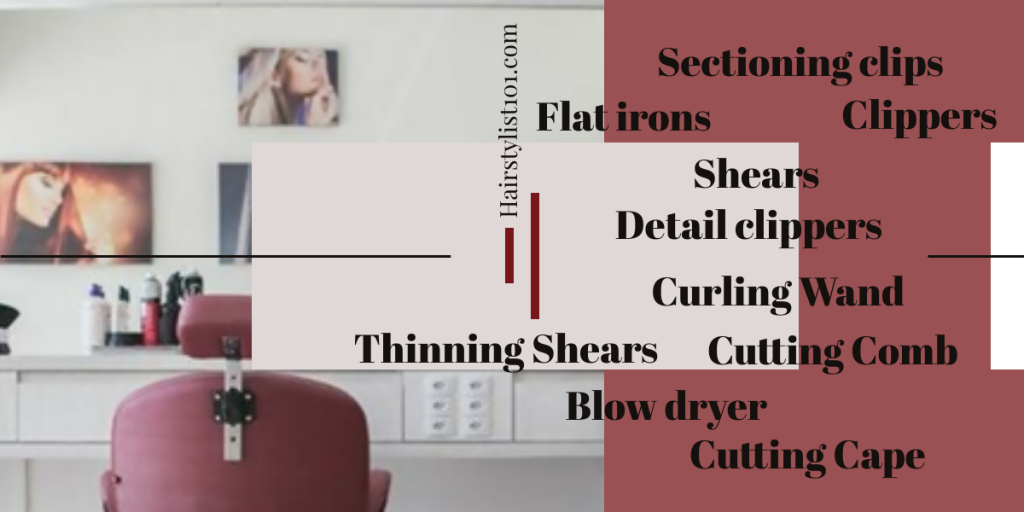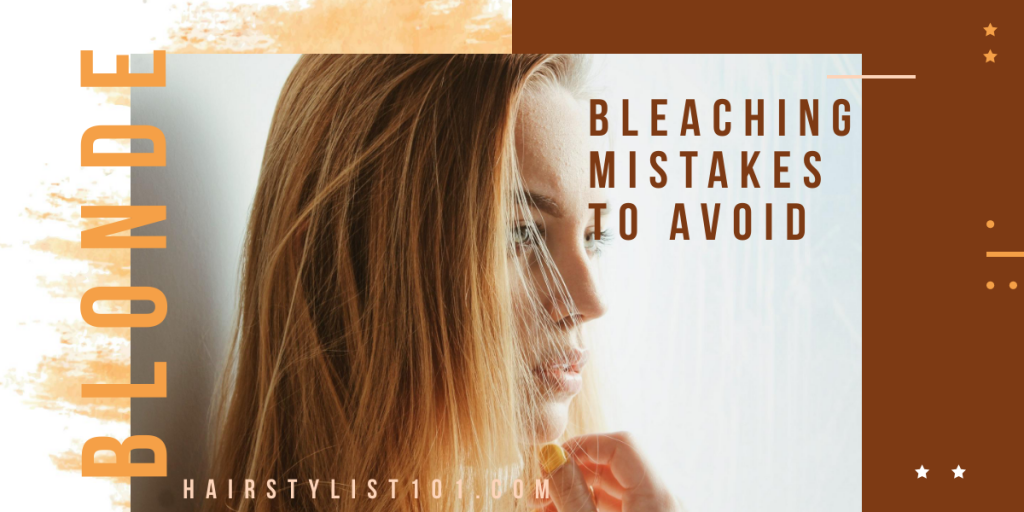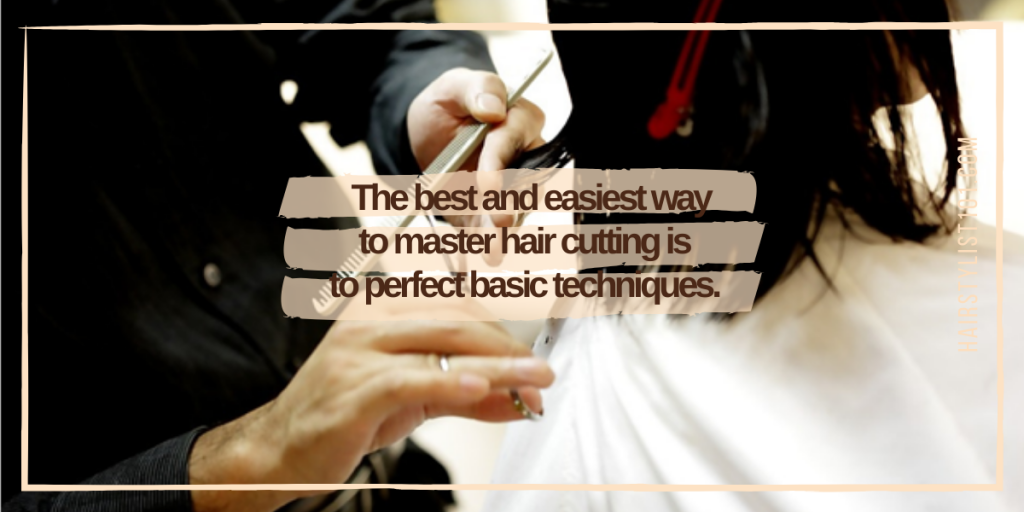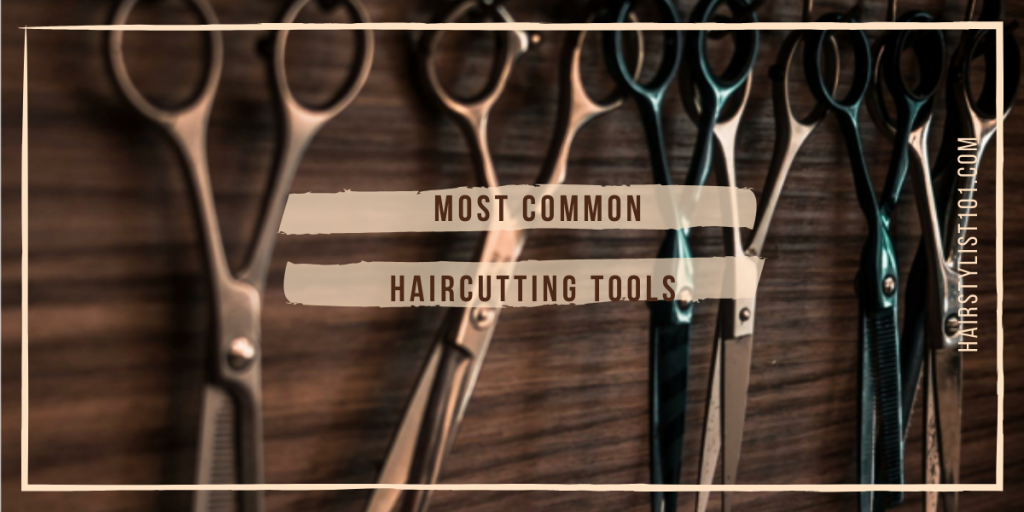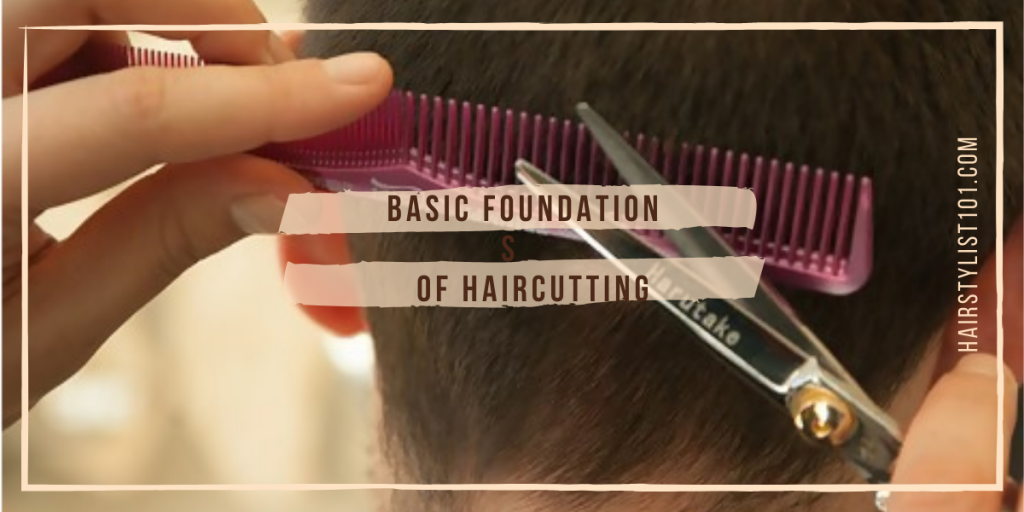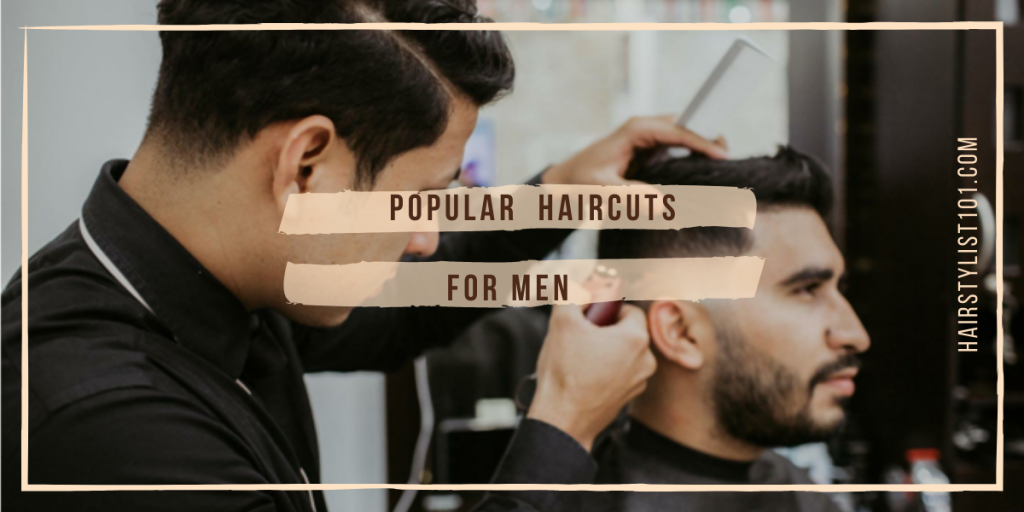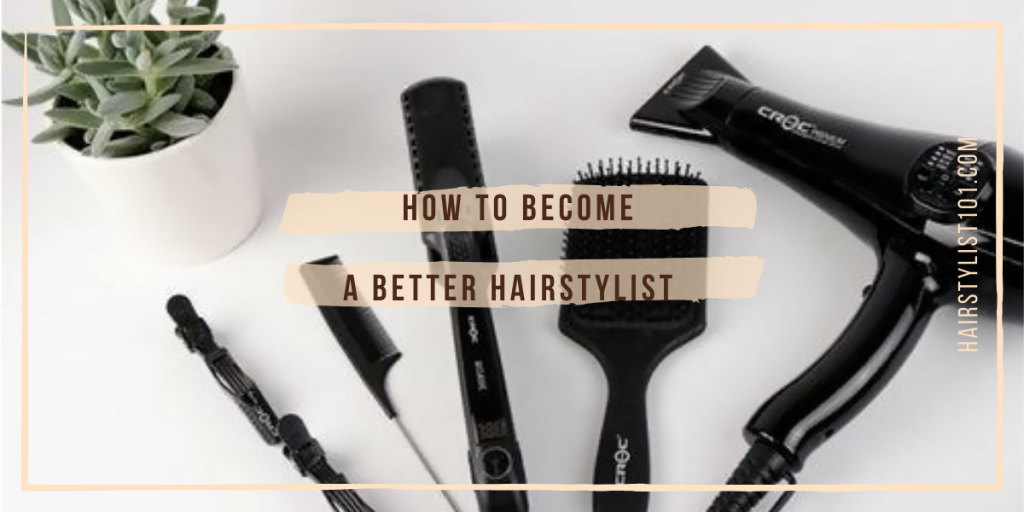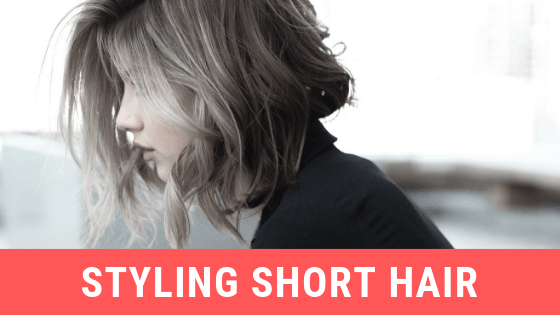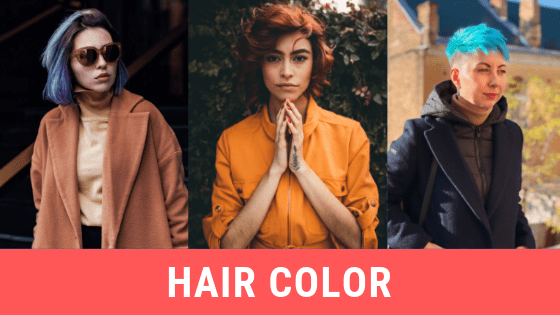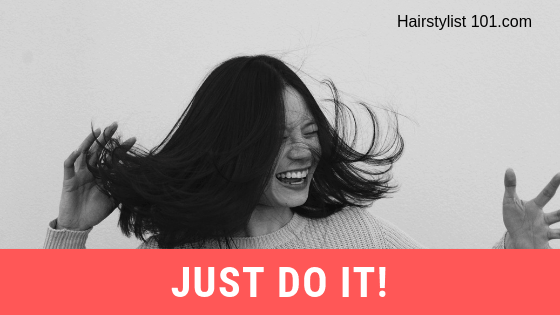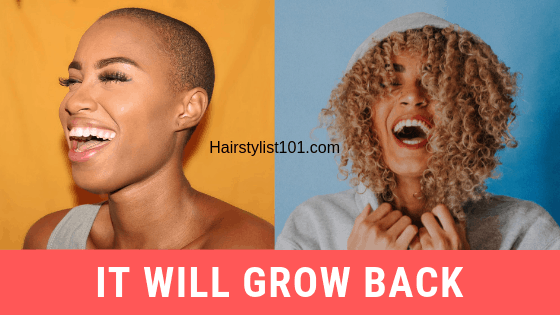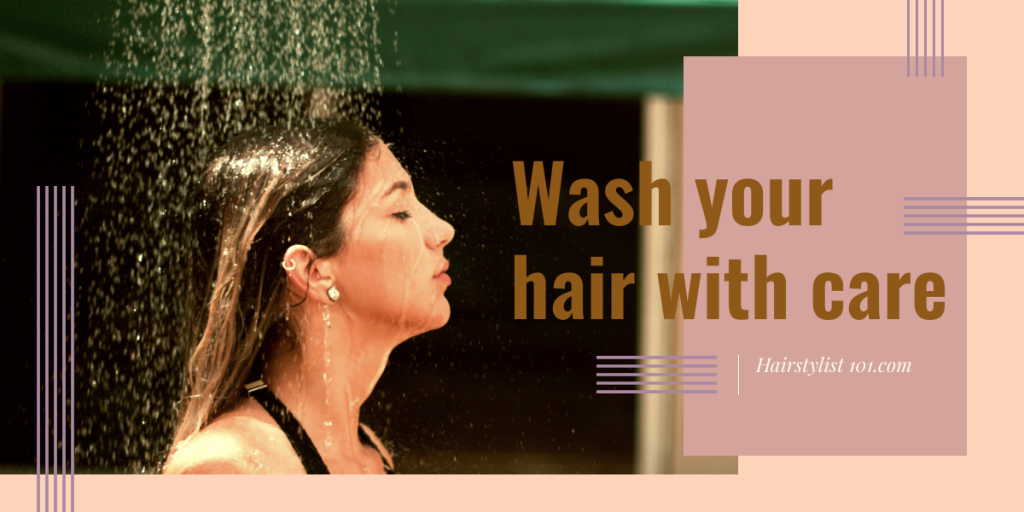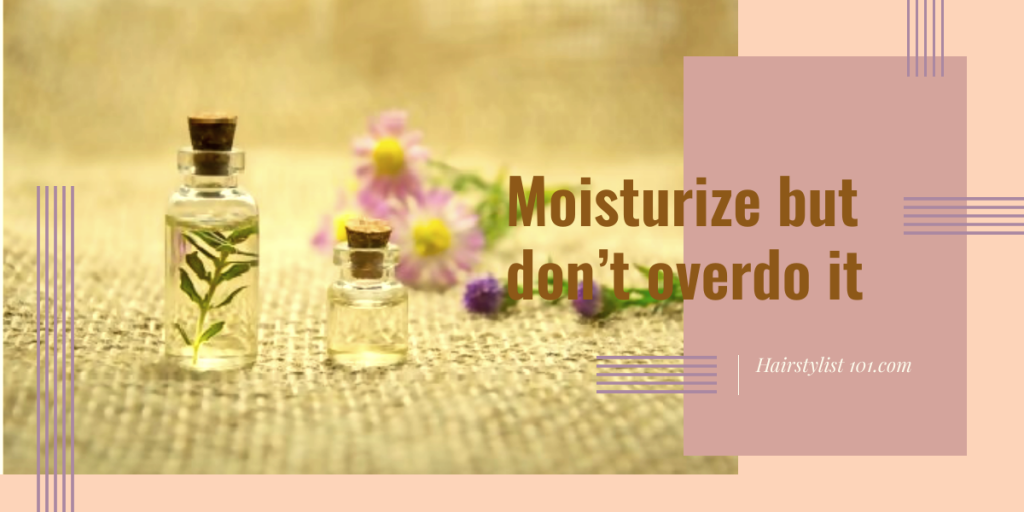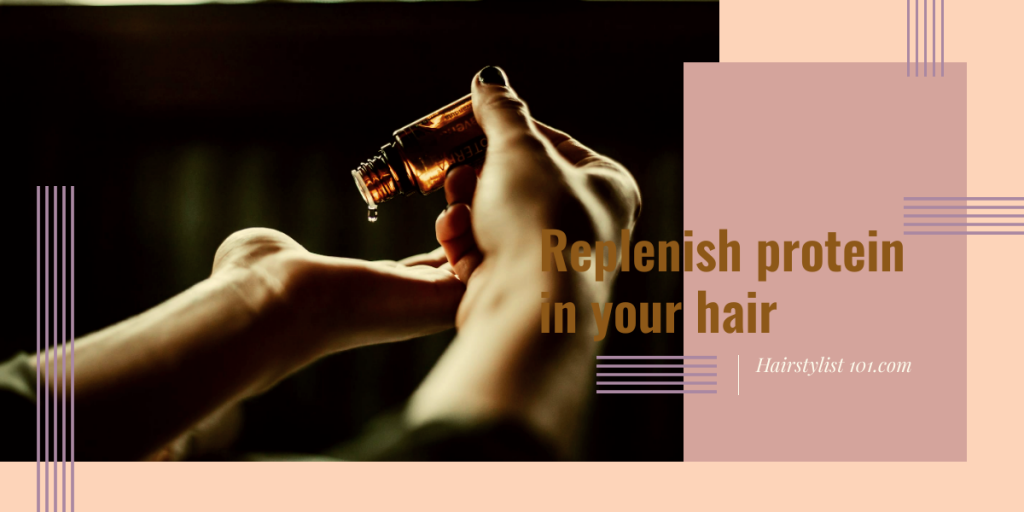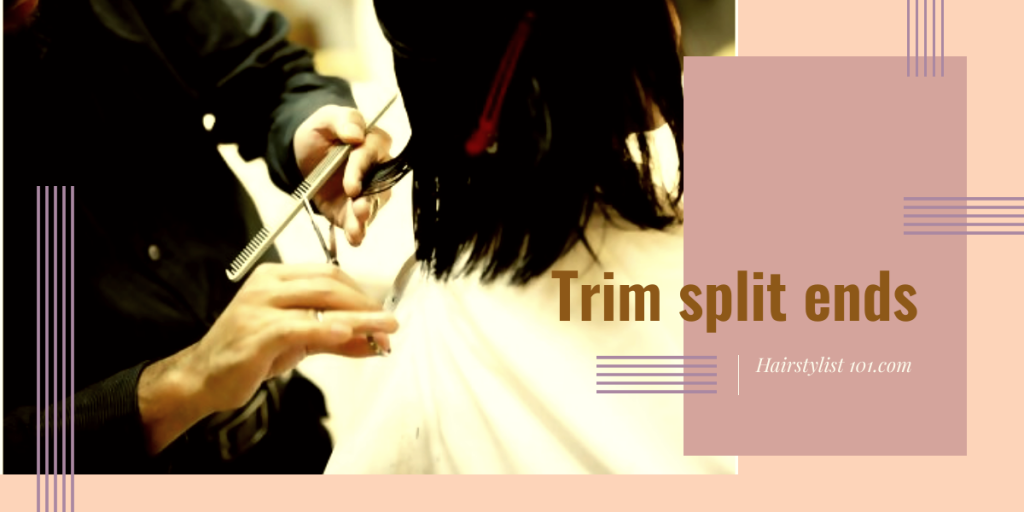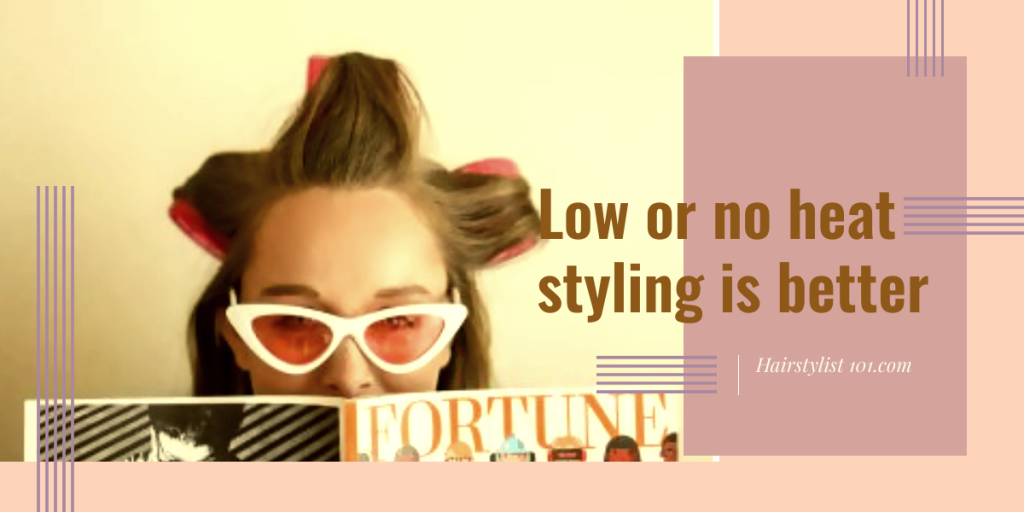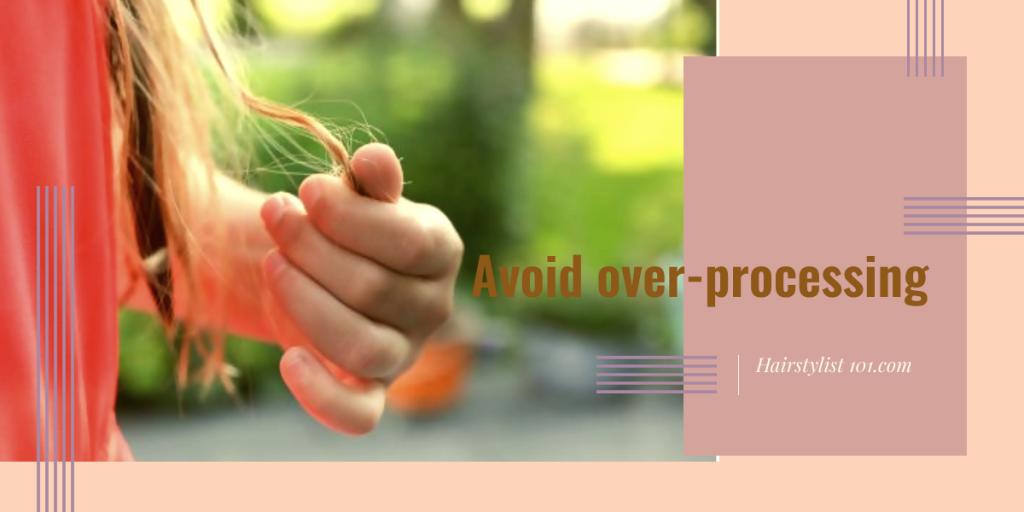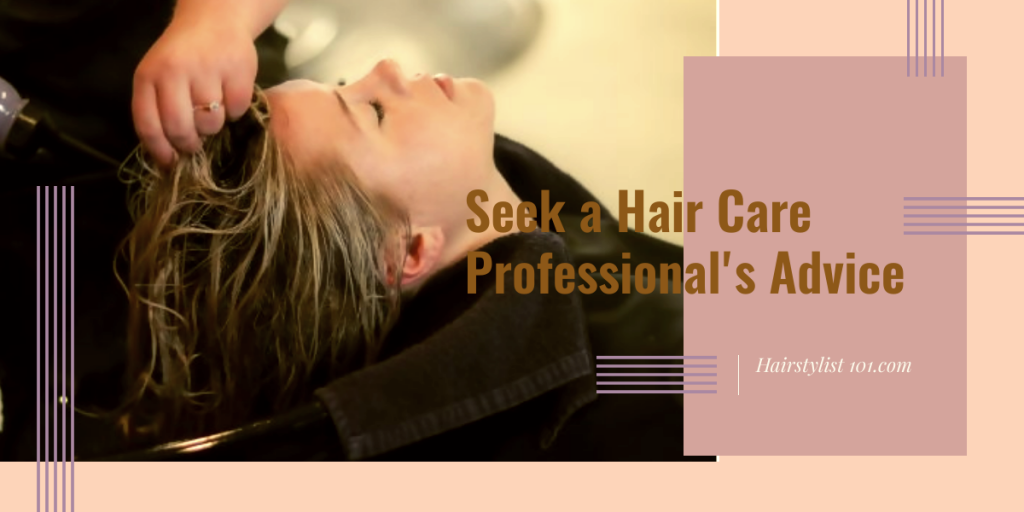Extensions are the best accessory one can have. They instantly give you confidence and give you the hair you have always dreamed of. Investing in them can feel like a luxury but with proper care, it can be worth every penny. I have some expert tips on how to choose the right hair extensions on this article.
There are so many factors to consider when having extensions. Factors most people are not aware of like maintenance, proper washing, styling and caring for them.
Just because they look and feel natural does not mean to skimp on the important things that keep them in top shape. Depending on what extension method you have or are considering here are the different types of extension methods and the care that each one needs.
Sew in Hair Extensions
Whether you have a few rows of hair sew in, or a full sew in weave, the care needed to make them look and feel great will determine their lasting capability. A sew in weave is an extension method where natural hair is braided into a cornrow pattern and hair wefts are sewn directly on to them carefully and securely. An experienced hair stylist will consult with you your options and determine how much hair will be needed to be braided and left out in order to create a flawless install.
People with hair long enough can add just a few rows of extensions strategically to give either length, volume or a color change. Providing the hair texture and the color blend is close to the client’s natural hair, the results can be very realistic. The purpose of the natural hair is to cover over the hair extension method and blend seamlessly. If the hair is damaged or if the transition to the added extension is too long, layers or shortening the length will be the best option.
With a full sew in weave, a stylist will leave out the perimeter of natural hair and a top section to cover over the braided pattern. This pattern would hide about 80 percent of the natural hair and the leave out will cover over the top section of hair. Another full sew in weave pattern would braid down 100 percent of the natural hair leaving none left out and directly sewing hair wefts on to the braids.
When washing and caring for each of these methods, it involves careful washing and conditioning. You want the hair to be washed and rinsed in the same direction of the water flow and lathering down the shaft and not piled up on the head. To wash hair and pile up on top of the head in opposite will result in a tangled mess. For clients, washing hair in the shower is the best bet, for shampoo sinks at salons have the same effects. Washing in the kitchen sink upside down is not recommended.
Keratin Bond Extensions
With keratin bond extensions, the extensions are the size of spaghetti with keratin tip already on the top. The keratin bond looks like half a cylinder with extension hanging from it. An experienced stylist will take a tiny section of hair place it in the center of keratin bond and a special heat tool is used to melt the keratin bond and secure the natural hair between the added extension. The stylist will spin between fingers and form a rice grain sized bond. When all done, hair resembles neat and even sections that look like shoelaces hanging quarter inch from the root. While it is a meticulous process. The results are amazing providing the most undetectable method and versatility in extension methods.
Washing and conditioning are fairly easy as well. Lathering downward and gently, keep the natural hair and extension hair free from having too much to detangle when done.
What needs to be considered is how you detangle and style with this method. A special brush is needed to avoid any tugging or ripping out of hair bond. The plastic bristles are looped to not have an open tip to them. Normal brushes and combs could get stuck between the bond and yank at the hair, which can slide out hair bond or worse pull out extension and natural hair altogether.
When detangling, it is best to start from the tips of the hair and work up to the roots. Maintenance on this method varies but can last anywhere from 3- 6 months. Any longer you risk the hair to become matted and breaking of the natural hair.
Another similar form of this extension is done with beads. Extensions will be applied using tiny beads that will squeeze extension and a tiny section of hair together. The great thing about this method is that hair can be reused again by unsqueezing the bead and sliding up the hair extension tip back to the root, provided that the hair extension and bead is in great condition. In most cases,just the bead needs to be replaced.
Tape in Hair Extensions
This method is exactly what it sounds like. Tape in hair extensions are approximately 2 inches wide and have a double-sided tape attached to the back of them. They can be cut to size and provide a flat extension method for quick application. Very thin strands get sandwiched in between the tape and get firmly pressed with a needle nose plier to secure the extensions.
While it is a great method for quick application and natural looking locks, they don’t have the flexibility to be able to be put into a slicked ponytail or have the versatility other methods have. When heat styling you want to avoid using heat from the blow dryer or irons near the adhesive. The taped part can melt and risk having the system get loose and slide off. Additionally vigorously washing or having too much conditioner near the taped part can make the tape wet and sticky.
A good thing about tape in hair extensions is they can be re-taped and used again. A solvent will be used to soften the tape adhesive and extension will slide off. The stylist will take the hair extensions and wash off residue and reapply the tape adhesive for re-application.
Cornrows and Box Braids
When having braided styles ranging from cornrow designs and varying size box braids, human or synthetic hair will be used to get the effects. With each method, the designs can be spectacular and can look very similar. With human hair braids, the hair can be heat styled, washed and conditioned as well as flat ironed and curled with heat tools.
With synthetic braids, using heat is not recommended. To be able to get smooth ends or curling of the hair, the synthetic hair will be rolled with perm rods or rollers and dipped in boiling hot water. The synthetic hair conforms to the shape and gives the exact look of heat styling without melting the hair. Since synthetic hair can’t be styled with dry heat styling tools, steam or hot water techniques are more recommended.
Braids are the best protective style one can have. They are great for vacations, protective styles and can be used on children as well. Since hair is blended into braids and hair stays put, there is little to no maintenance as far as styling goes. It is a complete wash and wear style.
Keeping scalp oiled and protected are recommended to keep roots and hair shaft strong while in protective styles. The great advantage of synthetic hair is that it is extremely affordable compared to human hair and can have very similar looks to human hair as well. Seek great braiders that care about the health of your hair and scalp and braid effectively and can make them not too tight in order to help hair grow.
Clip in Hair Extensions
Clip in hair extensions are a temporary measure but are the best type for the chameleon. They can be easily clipped in for a hairstyle and can be removed easily. The best way to have them last is to avoid way too much heat use on them. Like all extensions, they can suffer considerable drying out and will need conditioning to retain softness.
I suggest having a few sets of clip in extensions. Ones that you wear when you want to have straight and ones that you wear with waves or curls. When you only have one set and you are constantly washing, blow drying, straightening or curling them they get dull pretty fast. Having multiple sets to fit the style will prolong the quality of the hair and keep them looking great.
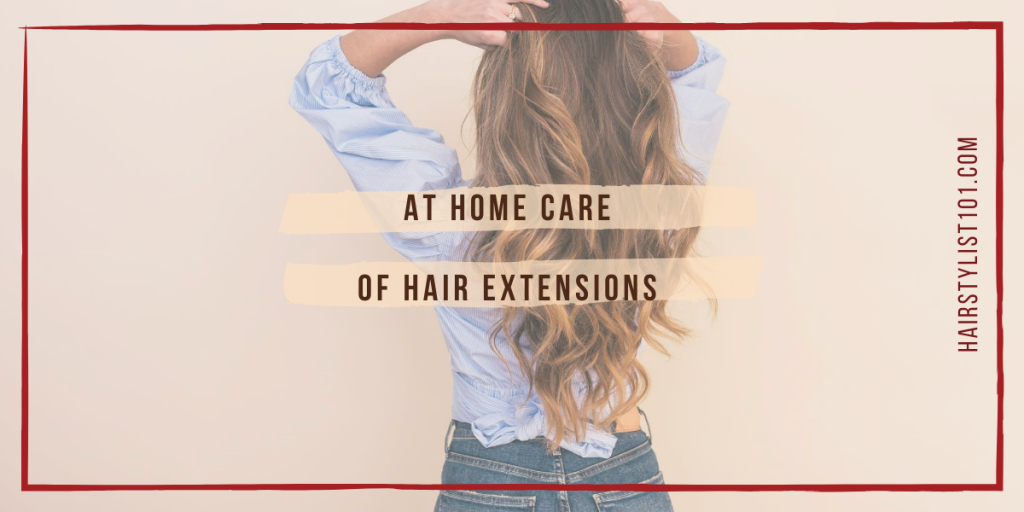
At Home Care
When going to sleep, there are a few options to set your hair at night to avoid any matting or pulling on your extensions. Since we all have different sleeping patterns and we can’t avoid tossing and turning, setting your hair properly will ensure perfect hair when you wake up.
A Doobie Wrap
When you want to maintain straight hair and want to keep hair looking fresh for the next few days a wrap will do a fantastic job keeping it still. What you want to do is divide your hair ear to ear. Then you want to sweep hair from one direction to the other pinning with bobby pins to secure the hair flat. Next, you want to take the ends of the hair and brush in a circular pattern and pinning until all hair is wrapped around your head like a turban. After hair is wrapped you can take a silk scarf and tie around the head to keep hair neat and still while you sleep. When you wake up to untie the scarf remove pins and brush hair thoroughly to reveal smooth straight hair.
Soft Plaits
Another great way to keep hair extensions tangle free and manageable are to either braid one to two braids while you sleep to keep ends of hair tangle free. Part hair down the middle and take the section and braid it down, and then take other section and do the same. Keeping a soft braid will not only keep hair still overnight but will give hair a slight wave when you wake up in the morning.
A High Soft Bun
One of the great tricks I like to do for bouncy waves is to pile hair in the highest ponytail you can create. Secure hair not too tight or close to the scalp. Then you want to take your ends and form a roll from the tips to the fastener. By rolling the ends, you maintain the soft bouncy waves and wake up with perfect hair.
Satin Pillowcase
Not many people know this but cotton and other material pillowcases can snag and create tangles with natural hair and extensions alike, a mistake you want to avoid especially if sleeping with loose hair. Using a satin pillowcase will keep hair soft and hair will slide and not snag and tangle as much. Using the same techniques to preserve your perfect blow out, in conjunction with a satin pillowcase make for perfect morning hair.
Satin bonnets can be used as well as keeping the hair protected while you sleep. Investing in these satin materials are great for preserving styles and keeping hair condition and hairstyles looking great.
Sulfate-free Shampoo
With many of the different extension methods out there, using appropriate shampoo and conditioner make a world of difference. Keratin bonds and tape in extensions both rely on these shampoos to keep the adhesives intact. Using other shampoos and conditioners can lead to softening of the bonds and tape adhesive used to hold extensions together.
While it is recommended to use salon suggested formulas to get the most optimum results out of the hair, you can find most drugstores and store brands make sulfate-free shampoos and conditioners to keep hair looking fresh clean and intact.
Conditioners
Conditioners are made to effectively detangle and keep hair and extension hair smooth and shiny. Conditioners could also potentially be so soft they can soften and make the bonds loose. You must keep conditioner of any type away from the bonds and tape. Simply keep the conditioner only on the tips of the hair to remove tangles and keep away from roots as well to avoid any extra oil as well.
Additionally, rinse all conditioner out of hair thoroughly. You don’t want the conditioner to seep into the bonds or the braids and create a film of product to weigh hair and hair extensions down.
Combing and Brushing
There are special brushes that effectively detangle extensions and don’t snag and pull on extensions. The bristles on these brushes are looped so that they have no tips to snag the hair. They gently and easily remove tangles and keep hair in optimum shape while extensions are on.
You want to start the brushing from the tips of the hair and work your way up to the top of the head without too much tension. This can take a bit of time, but this careful treatment is what will keep your locks long lasting and keep hair healthy.
Maintenance
You never want to go over the amount of time to keep your extensions on. To do so can lead to damage to your natural hair and create any extra strain on the hair the extensions adhere to. A lot of times, people will attempt to prolong and wait to get a few more weeks out of an extension method but in the long run, it is not worth it.
Most braided extensions with proper care can last for about 3 months with little to no damage. Hair will be removed and natural hair can be washed and deep conditioned for the next install or to let it breathe for a bit.
With keratin bonds, the hair will grow from the roots and will start to sag and weigh natural hair down. More than two inches of space between roots and bond is too long. Washing, styling, wear and tear can make the hair weak and may get too heavy to hold the bond.
Shedding
Natural hair sheds about 100 strands daily, and when an extensions system is in the hair, the hair that sheds remains on the extension and starts to become too heavy and weigh hair down, which make the hair weak. It is important to check your hair on a daily basis to see how the hair extensions are affecting your hair.
If using extensions to help grow your hair or to use as a protective style, the goal is to keep the hair in optimum shape as it grows.
Keeping the extensions on too long will only make hair weaker and defy the purpose of health in the hair. It’s a great idea to either use clip ins or even wigs in between to nurse hair into great shape. Constantly doing the same extension method in the same pattern will eventually wear your natural hair down and create breakage and weak hair.
Whatever method you choose to augment and alter your tresses, is a personal preference. They each have their own pros and cons and can make or break your hair. Make sure to further your research and get recommendations to either get the best extension method and to also know how to properly take care of them as well.
